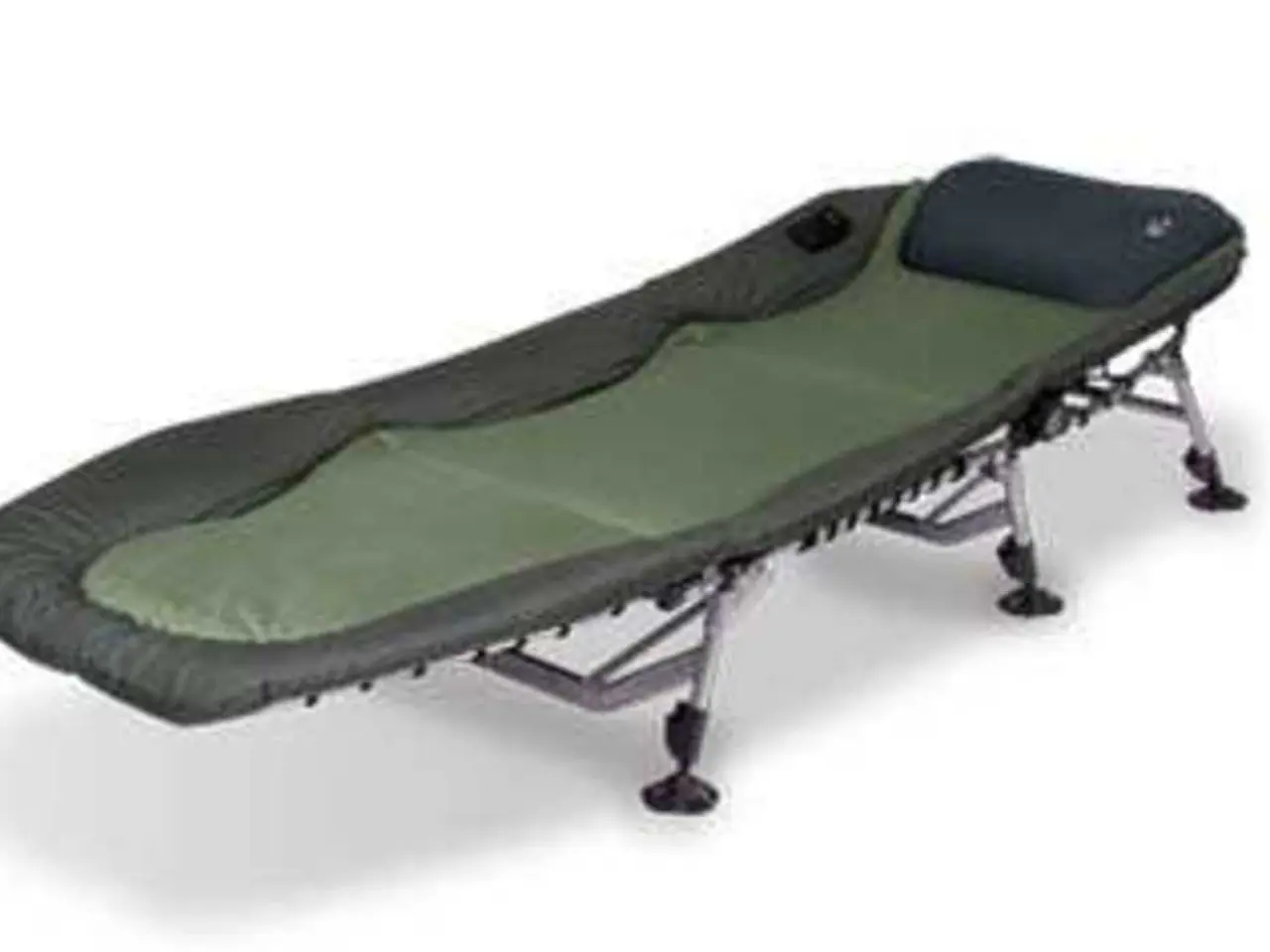Signs, Prevention Strategies, and Further Insights into Bipolar Disorder and Substance Abuse
Bipolar disorder (BD) and Substance Use Disorder (SUD) often coexist, creating a complex and challenging health issue for those affected. According to the Substance Abuse and Mental Health Services Administration (SAMHSA), between 21.7-59% of people with BD will also develop a SUD.
The exact cause of this connection remains unknown, but researchers believe it may be due to several factors.
Self-medication is one possible cause. Individuals with BD may turn to substances such as stimulants during depressive episodes or alcohol and depressants during manic or depressive episodes as a way to manage or alleviate their symptoms, especially if their condition is untreated or undiagnosed.
Brain chemistry and neurological factors also play a role. Bipolar disorder affects mood regulation, and substance use can alter brain chemistry, disrupting mood, sleep, cognition, and emotional control. This can worsen bipolar symptoms or trigger episodes, while bipolar disorder's neurological basis can increase vulnerability to addiction due to changes in how the brain processes rewards.
Genetic and environmental factors are another contributing factor. Both BD and SUDs tend to run in families, suggesting shared genetic predispositions. Environmental factors such as stress, trauma, or early life experiences also contribute to the risk of developing both disorders.
Mutual reinforcement and symptom overlap further complicate the situation. The co-occurrence of these disorders creates a cycle where mental health symptoms drive substance use, which in turn aggravates the mental illness.
Integrated treatment approaches that address both BD and SUD simultaneously are essential due to their intertwined nature. Treatment options include sequential, parallel, and integrated psychosocial therapies. Medications such as Lithium, in combination with divalproex sodium, a mood stabilizer, have shown to help reduce alcohol intake in some research.
Citicoline has been found to reduce cocaine use in people with BD, but the effects may reduce over time. Quetiapine may help reduce alcohol intake or cravings in some studies, but its effect is not yet confirmed.
It is important to note that BD medications are generally not addictive, but stopping them can lead to a relapse of symptoms and a recurrence of SUD. Benzodiazepine drugs treat anxiety, which can be a symptom of BD, while Z-drugs treat insomnia, which can occur during manic episodes.
Lithium and valproate can be used to treat someone with BD and a cannabis or cocaine use disorder.
People with both BD and an SUD may be more prone to relapses, so it is important that they follow their treatment plan. Approximately 7 million people in the United States have BD, highlighting the importance of understanding and addressing this complex health issue.
Signs that a person may have an SUD include reduced productivity, frequent trouble, using substances in dangerous situations, changes in appetite or sleeping patterns, sudden mood swings, changes in personality, agitation, giddiness, hyperactivity, lack of motivation, anxiety or paranoia, bloodshot eyes, atypically large pupils, sudden weight loss or weight gain, physical deterioration, tremors, slurred speech, impaired coordination, legal, financial, and relationship issues.
If you or someone you know is struggling with BD and an SUD, seek help from a healthcare professional. Early intervention and treatment can significantly improve outcomes.
- The complex and challenging health issue of Bipolar Disorder (BD) and Substance Use Disorder (SUD) may be exacerbated by self-medication, where individuals with BD turn to substances as a means to manage or alleviate their symptoms, especially if their condition is untreated or undiagnosed.
- Genetic and environmental factors, such as shared genetic predispositions and stress, trauma, or early life experiences, contribute to the risk of both BD and SUD co-occurring, creating a cycle where mental health symptoms drive substance use and vice versa.




